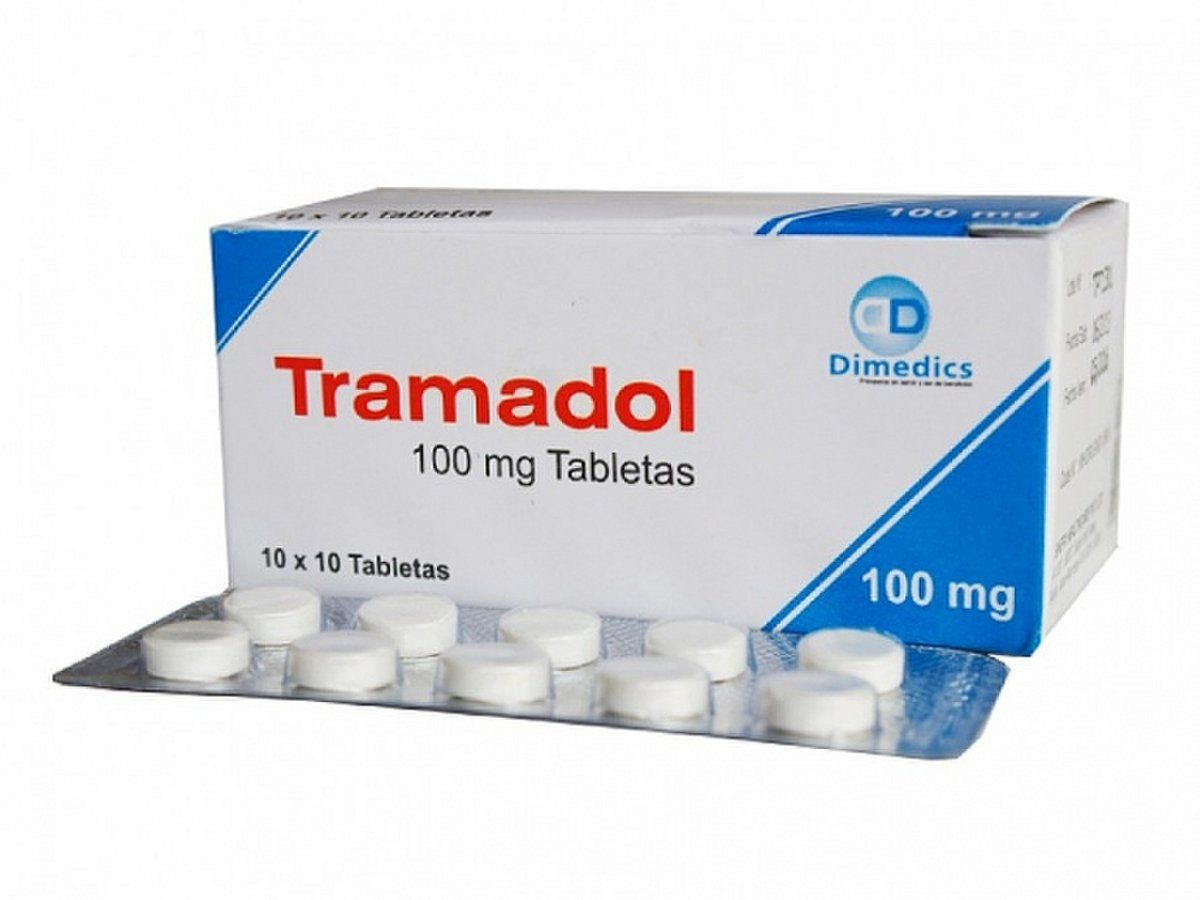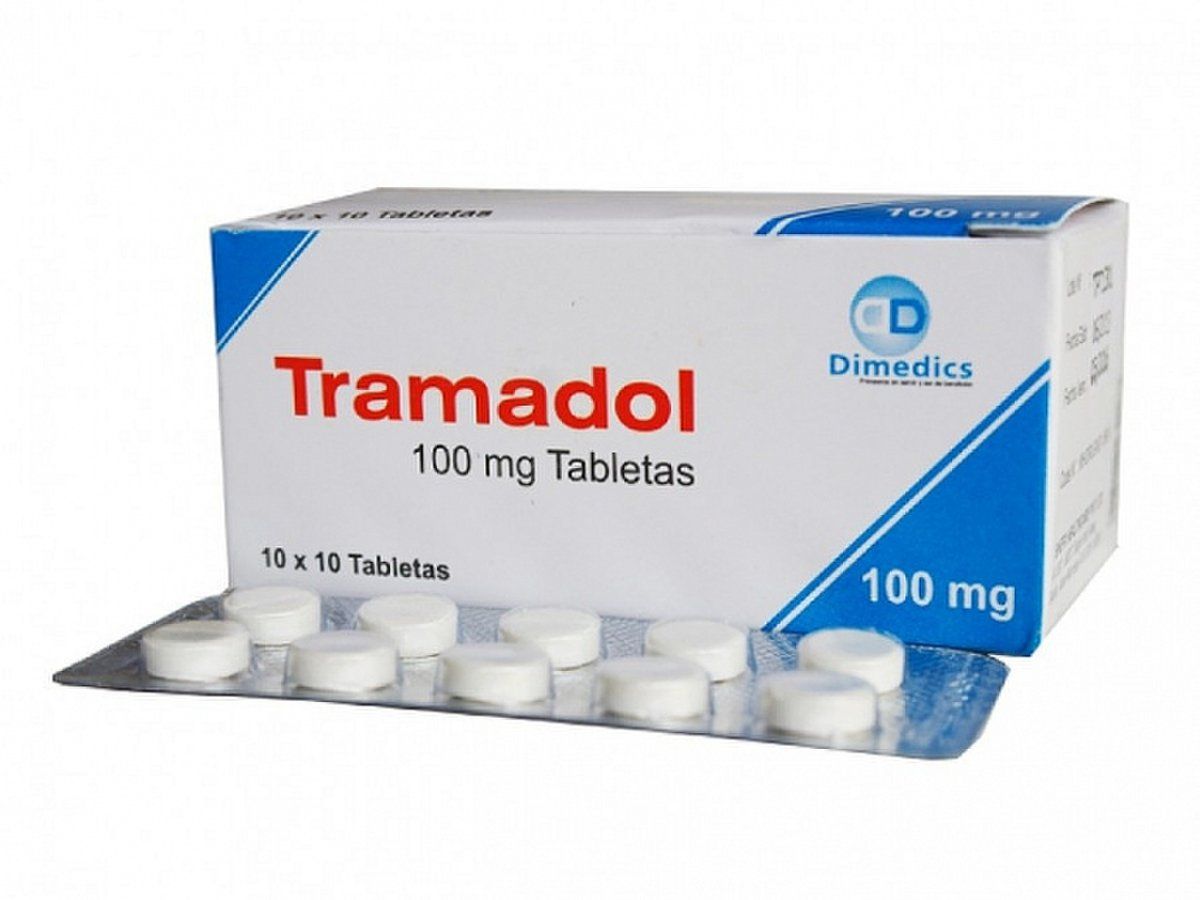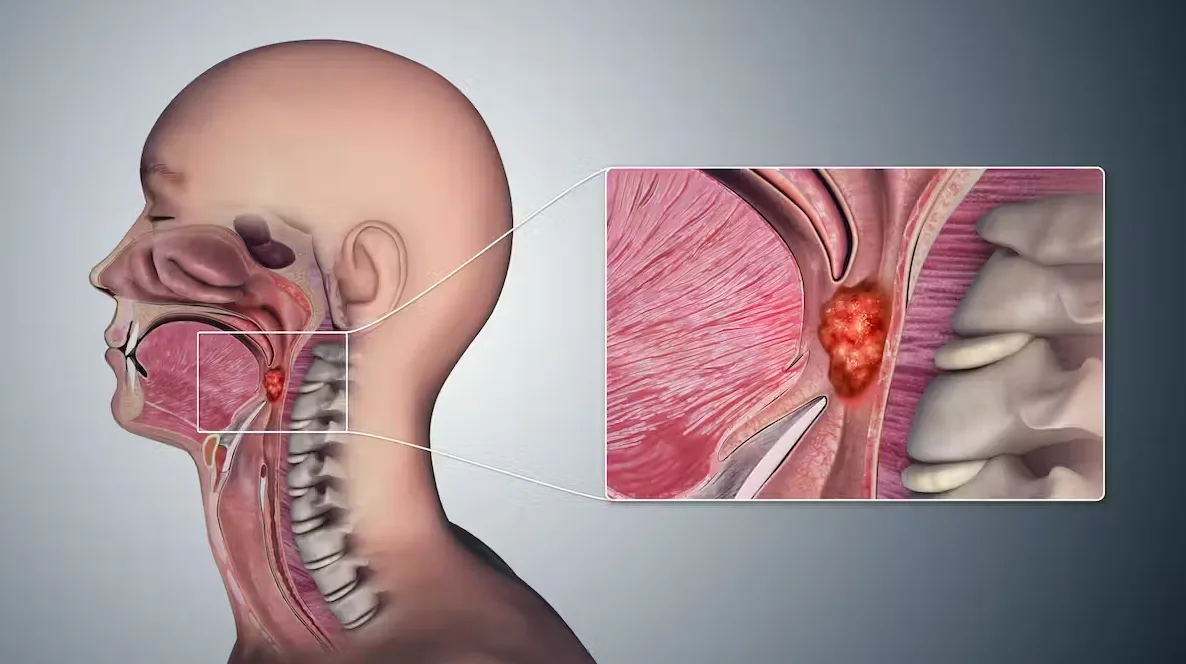For years, tramadol has been prescribed as a supposedly safer option for people dealing with chronic pain. It’s been marketed as the sweet spot between regular painkillers and stronger opioids. But new research published in October 2025 is challenging that narrative in a big way.
A comprehensive review in BMJ Evidence-Based Medicine has found that tramadol might offer far less benefit than we thought, while carrying more serious risks than many doctors and patients realize. If you’re taking tramadol or considering it, this is information you need to know.
What the New Research Reveals
Researchers from the Centre for Clinical Intervention Research at Rigshospitalet in Copenhagen conducted a massive analysis of nearly 20 clinical trials. They wanted to answer a straightforward question: does tramadol actually help people with chronic pain, and is it safe?
The findings were sobering. The team analyzed 19 randomized controlled trials involving over 6,500 adults dealing with various types of chronic pain. What they discovered challenges the way we’ve been thinking about this widely used medication.
Lead investigator Dr. Jehad Ahmad Barakji put it bluntly: “Across different chronic pain conditions, tramadol’s effect appears modest. While some patients may feel relief, most will not gain meaningful benefit.”
The Numbers Tell a Disappointing Story
Let’s break down what the research actually found, because the details matter.
When it comes to pain relief, tramadol users reported only a 0.9-point drop in pain intensity on a standard 0 to 10 scale compared to people taking placebo. To put that in perspective, pain researchers generally consider a reduction of at least 2 points to be clinically meaningful. A drop of less than 1 point? That’s barely noticeable for most people.
Think about it this way: if your pain is sitting at a 7 out of 10, tramadol might bring it down to about a 6.1. For many patients, that tiny difference wouldn’t significantly change their daily life or ability to function.
The study did find that about 7% more patients on tramadol achieved what researchers called “noticeable pain relief” compared to placebo. But here’s the catch: the researchers themselves said this improvement was uncertain and inconsistent across studies. That’s not exactly a ringing endorsement.
The Side Effects Are Very Real
While the benefits turned out to be minimal, the risks were clear and concerning. This is where the research gets really important.
Serious side effects doubled among tramadol users compared to those taking placebo. Read that again: doubled. Most of these serious complications were cardiac-related issues, including chest pain, coronary artery disease, and heart failure.
This is particularly alarming because tramadol has never been primarily associated with heart problems in most people’s minds. Yet here we have strong evidence that cardiac complications are a real and significant risk.
The more common, less severe side effects were also problematic enough to make many people stop taking the medication. Nausea, dizziness, constipation, and sleepiness led to higher dropout rates in the tramadol groups. When people can’t tolerate a medication well enough to keep taking it, that’s a problem, especially if the benefits are already marginal.
Why Has Tramadol Been So Popular?
Understanding tramadol’s rise helps explain why this new research matters so much.
Tramadol became a global phenomenon because it seemed to solve a real problem. Doctors needed something stronger than ibuprofen but “safer” than morphine. Tramadol fit that bill perfectly, or so we thought.
The medication was marketed as a middle-ground painkiller, and that positioning resonated with both doctors and patients. Nobody wants to jump straight to the heavy-duty opioids if there’s a gentler option available. Tramadol seemed like the responsible choice.
But as one global survey revealed, nearly one in five adults has used tramadol at least once. That’s a staggering number. Even more concerning? Over 80% combined it with other substances, which can multiply the risks considerably.
The widespread use of tramadol was driven by good intentions and reasonable-sounding logic. But as this new research shows, good intentions aren’t enough when the evidence doesn’t support them.
What Experts Are Saying
The medical community’s reaction to this research has been telling. Experts who study pain management closely aren’t exactly surprised, but they’re using this as a wake-up call.
Dr. Jessica Otte from the University of British Columbia pointed out that this research reinforces rather than contradicts earlier findings. “This review doesn’t change the narrative, it strengthens it. Tramadol’s reputation as a safer opioid is becoming harder to defend,” she explained.
Dr. Otte also highlighted a crucial methodological issue: many of the older studies included in the review had significant biases and incomplete data. This makes it even harder to identify clear benefits in areas like quality of life or improved physical function. When the best available evidence is shaky, we should be extra cautious about our conclusions.
Dr. Houman Danesh, who directs pain management at Mount Sinai, offered a more measured perspective. He acknowledged that while tramadol does carry risks, severe complications remain relatively uncommon when the medication is prescribed carefully and monitored properly.
Dr. Danesh urged clinicians to look at the totality of evidence rather than focusing on any single study. That’s sound advice, but here’s the thing: when you look at the totality of evidence, tramadol’s case gets weaker, not stronger.
What This Means for Patients and Doctors
So where does this leave us? Should tramadol be abandoned entirely?
The researchers behind the review don’t go quite that far. They acknowledge that tramadol can still help certain patients, particularly those who can’t tolerate other pain medications due to allergies, side effects, or other medical conditions. For these people, tramadol might remain a reasonable option.
But here’s what needs to change: tramadol should no longer be considered a go-to solution for chronic pain. It shouldn’t be the default prescription when someone presents with ongoing back pain, arthritis, or other persistent conditions.
Instead, doctors are being encouraged to take a more thoughtful approach. This means:
Prioritizing non-opioid treatments first. Options like physical therapy, cognitive behavioral therapy, and non-opioid pain medications should be the starting point. These approaches often provide better long-term outcomes without the risks associated with opioid medications.
Monitoring cardiac health more carefully. Given the increased risk of heart-related complications, patients on tramadol need regular assessment of their cardiovascular health. This is especially important for older adults or anyone with existing heart conditions.
Watching for signs of dependence. Even though tramadol was supposed to have lower addiction potential, we know that’s not entirely true. Regular check-ins about medication use, cravings, and dose escalation are essential.
Using tramadol short-term and under close supervision. If tramadol is prescribed, it should be for the shortest duration necessary and with frequent reassessment. The days of long-term, indefinite tramadol prescriptions should probably be behind us.
Ensuring no better alternative exists. Before prescribing tramadol, doctors should ask themselves: have we truly exhausted safer, more effective options?
The Bigger Picture
This research on tramadol fits into a larger story about how we manage pain in modern medicine. For decades, we’ve been searching for that perfect pain medication: something powerful enough to work but safe enough to use freely. Tramadol seemed like it might be that medication.
But the evidence is increasingly clear that perfect pain pills don’t exist. Every medication involves trade-offs, and with tramadol, those trade-offs look less favorable than we hoped.
The challenge now is changing prescribing patterns that have become deeply ingrained. When a medication has been used widely for years, it takes strong evidence and persistent education to shift practices. This new research provides that evidence. Now comes the harder part: actually changing how pain is treated in clinics and hospitals.
What Should You Do If You’re Taking Tramadol?
If you’re currently on tramadol, don’t panic and definitely don’t stop taking it suddenly. Abrupt discontinuation can cause unpleasant withdrawal symptoms and a rebound in pain.
Instead, schedule a conversation with your doctor. Come prepared with questions:
- Are there safer alternatives we haven’t tried?
- What would transitioning off tramadol look like?
- Are there non-medication approaches that might help?
- Given my specific situation, do the benefits still outweigh the risks?
Be honest about how much the medication is actually helping. If your pain relief is minimal, that’s important information. Also mention any side effects you’re experiencing, even if they seem minor.
Remember, your doctor should be your partner in this decision, not your adversary. Most healthcare providers want what’s best for their patients and will welcome a thoughtful discussion about whether tramadol is still the right choice.
The Bottom Line
Tramadol’s rise was built on hope and logic: we needed a safer opioid, and tramadol seemed to fit that role. But good intentions don’t override evidence, and the evidence is now telling us that tramadol may not deliver enough benefit to justify its risks for most people with chronic pain.
This doesn’t mean tramadol is worthless or should be banned. It means we need to be much more selective and careful about when and how we use it. For the vast majority of chronic pain patients, safer and potentially more effective options should be tried first.
Pain management is complicated, and there are no easy answers. But one thing is clear: it’s time to rethink our relationship with tramadol and ensure that our pain treatment strategies are truly evidence-based, not just based on what we hoped would be true.
Sources:
- BMJ Evidence-Based Medicine, 2025
- University of British Columbia – Therapeutics Initiative
- Rigshospitalet Centre for Clinical Intervention Research, Copenhagen
- Mount Sinai Hospital Pain Management Program












Leave a Reply